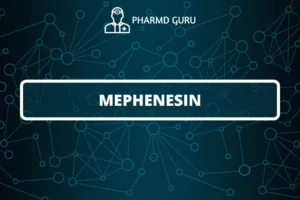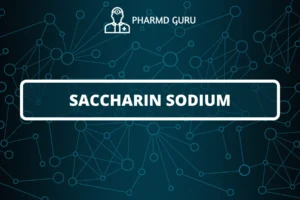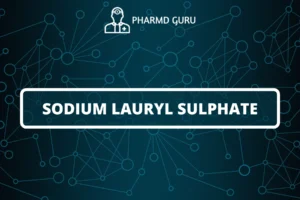Fries rearrangement is a chemical reaction that involves the rearrangement of an ester with an aryl group attached to an adjacent carbon atom. It was discovered by the German chemist Karl Theophil Fries in the late 19th century. The Fries rearrangement is a sigmatropic rearrangement reaction that leads to the migration of the aryl group from one carbon atom to another.
SCROLL DOWN TO THE BOTTOM OF THIS PAGE FOR ACTUAL NOTES.
The general equation for the Fries rearrangement is as follows:
RCO2Ar -> ArCOR
In this reaction, R represents an alkyl or aryl group, CO2 represents the carbonyl group of an ester, and Ar represents an aryl group. The Fries rearrangement can be catalyzed by acids, Lewis acids, or even heat.
The mechanism of the Fries rearrangement involves the following steps:
- Activation: The ester is activated by protonation or coordination with a Lewis acid, which makes it more susceptible to nucleophilic attack.
- Rearrangement: The aryl group adjacent to the carbonyl group migrates to the neighboring carbon atom, forming a carbocation intermediate. This migration occurs via a concerted sigmatropic shift, where the pi electrons of the aryl group participate in the rearrangement.
- Rearomatization: The carbocation intermediate undergoes a hydride shift or proton transfer to restore aromaticity, forming the rearranged product.
The Fries rearrangement is particularly useful for the synthesis of ortho-substituted aromatic compounds. The migration of the aryl group can lead to the formation of ortho-substituted phenols, anilines, or other derivatives, depending on the starting ester and conditions used.
The Fries rearrangement has applications in organic synthesis for the preparation of various functionalized aromatic compounds. It can be utilized to introduce specific substituents at the ortho position of aromatic rings, enabling the synthesis of pharmaceuticals, agrochemicals, and other fine chemicals.
It’s important to note that the Fries rearrangement is sensitive to reaction conditions, and the presence of other functional groups or steric hindrance can affect the efficiency and selectivity of the rearrangement. Careful optimization of reaction conditions and choice of appropriate catalysts are necessary for successful implementation of the Fries rearrangement.
ACTUAL NOTES:
PATH: PHARMD/PHARMD NOTES/ PHARMD FIRST YEAR NOTES/ ORGANIC CHEMISTRY/ PHARMACEUTICAL ORGANIC CHEMISTRY/FRIES REARRANGEMENT.




